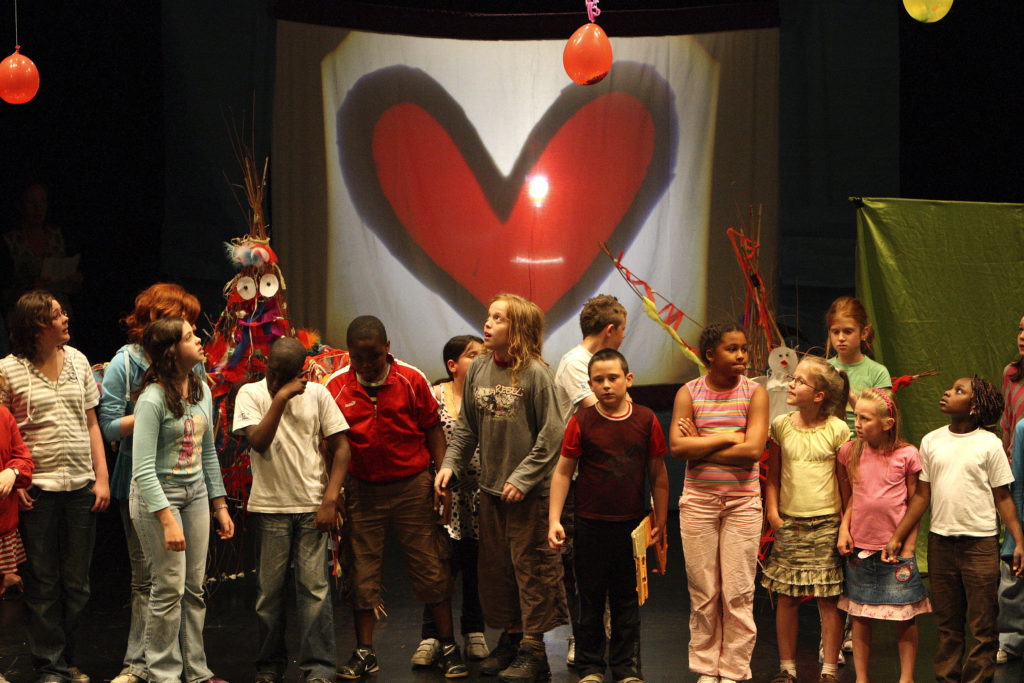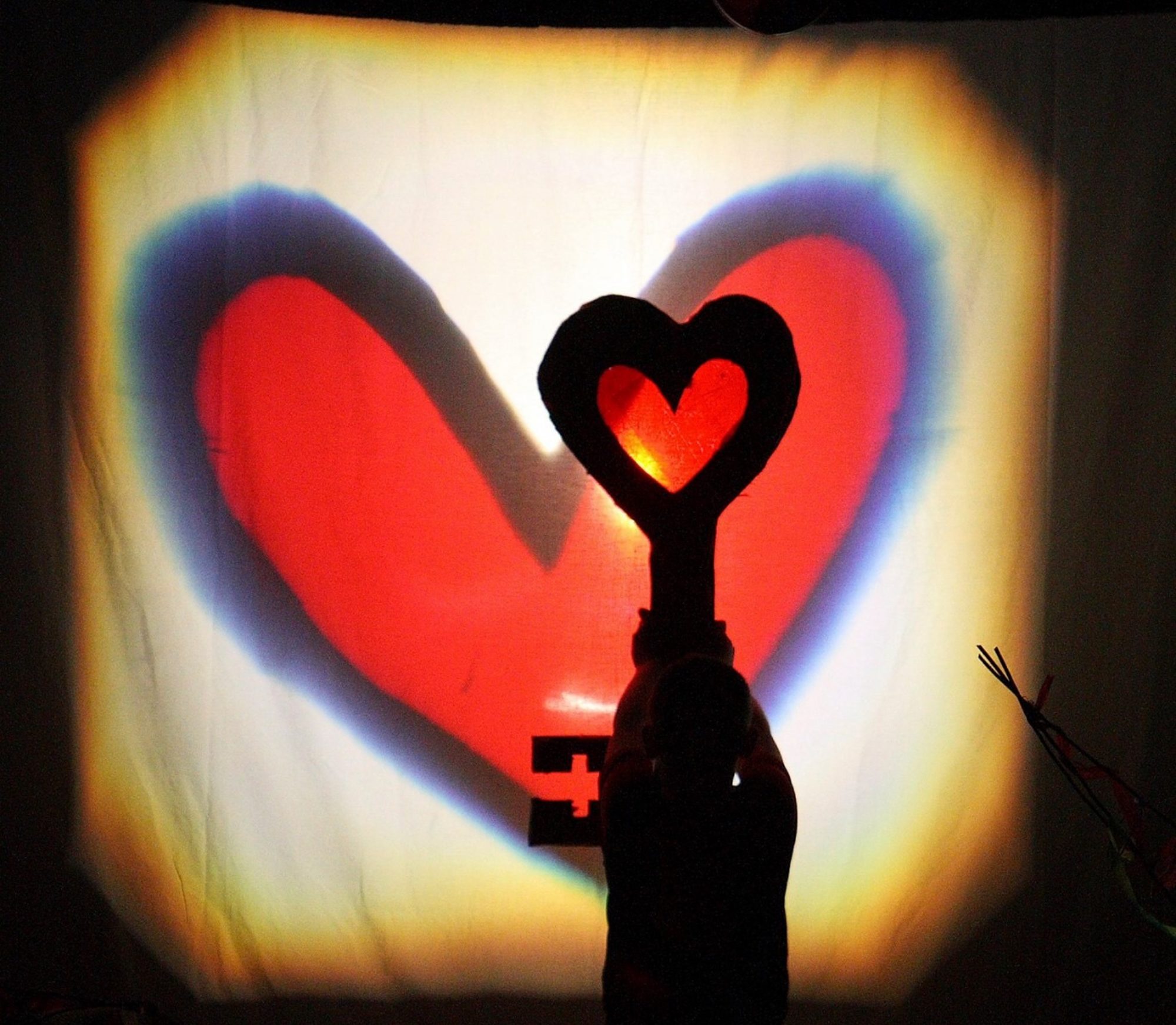The Sacred Box of Eyes Talk – Tampere May 2014
The Sacred Box of Eyes was first dreamt up by a single small voice in a large civic hall. There were 250 people in that hall. I stood in front of them with a little, plastic cash box of possible eyes to glue onto their puppets. The voice shouted out: That box is sacred. The rest of the hall spontaneously chorused back: Oh no, not the Sacred Box of Eyes. A moment was born that would be re-created for the next 30 years with many, many thousands of people. In 2014 I gave a talk in Tampere, Finland. These are notes of the main points of that talk.

- Uncertainty – the world presents itself in uncertainty. We don’t know what will happen next. This unpredictability is mirrored in the creative process. In living a creative life that is the artist’s commitment there is an embracing of uncertainty. In a world of constant measurement uncertainty can be seen a as a weakness but it is from acknowledging uncertainty that the artist’s creative process and life unfolds.
- Invitation- this uncertain world offers opportunities to the creative spirit but one has to listen and be receptive to pick up the invitations on offer. This means that sometimes the artist can notice, and offer, invitations that others who choose safer paths might not recognize as invitations. Invitations come from unexpected places, such as a little voice in a big hall saying, “that box is sacred.”
- Signature – we cannot avoid our cellular signature. Our story is written on the first cell that becomes us and multiplies inevitably and can be seen on everything we create. We all have our own way of doing and learning. We learn by doing. Making and playing with puppets is a special sort of signature. When someone makes a puppet, especially one that exceeds their expectations, they bring a being to life. A being that is not that person but is of that person, crafted from their subconscious. This new being is a special sort of mirror, proof of the maker’s inherent creativity – a story of self. It tells of the person who made the being and it tells the maker, “you are creative and you enjoy being creative.” This is a crystal memory that, even if it gets buried, can resurface again when it gets the chance.
- Relationship – puppets, like humans, need the air of others to breathe. When the puppets meet each other they are freed from the rules of normal human existence. They are not human but like masks, they are humanesque and like masks, they can speak stories in ways that are hard for us to speak as humans. They are unfettered by psychological complexity. The language of the puppet is direct.
- Ecology – We tend to think of ecology as systems outside of ourselves – the Amazon, the Ozone Layer, the Arctic – but we are part of that ecology. In fact our most imminent ecology is our relationship to each other. The social systems we create can be simple systems – systems that maintain an order but can’t stimulate transformation or the opposite, complex systems from which newness emerges. Working with many people making puppets revealed an aesthetically astonishing complex system – it is a workshop.
- Pudding Proof – the workshop is transformative, complex and proves itself by creating new meaning. Puppets are an excellent media for providing the transport for this journey of discovery to make whole universes of story that are made then and there.
- Dual Focus – the workshop focus of the artist is a dual one: as much on the unfolding of the social or group process as it is on the creative process and product.
- There is transference of ownership – all material brought into the workshop by that leader, facilitator, story-guide is an invitation or provocation for the group to make something that is theirs. The aim of a workshop is that nobody is in the same place when they leave the room as when they entered.
- Fluidity of roles – In a workshop, one moment a person can be maker or performer and then a moment later they can be witness or audience.
- Absolute specificity -everything is made then and there by them. So each workshop is unique and has its own porous structure. The facilitator has intention to guide a group on a journey but the route is theirs and the end often does not correspond to the facilitator’s original idea.
- A pedagogy of not-knowing – nobody knows exactly what is going to happen. It is a journey into the unknown, of discovery – a pedagogy of not-knowing, a creation myth in action and, at it’s best, a journey from I can’t to I can (that description came from a child).
- The world is made anew – each workshop is the one story and it has a thread and one thing leads to the next to the next, to the next to the next. It is built there and everything goes towards building that story – nothing is wasted.
As Proust said, “the creation of the world did not take place once and for all time, but takes place every day.” Proust was possibly not conscious that many indigenous peoples had been telling their story of no single origin way before the Big Bang or the single origin mythologies were expounded.
